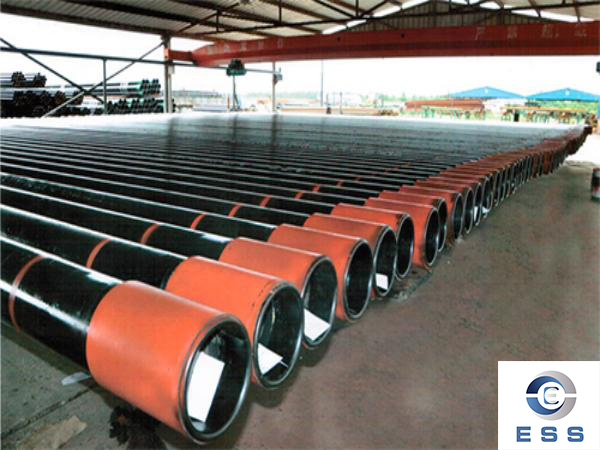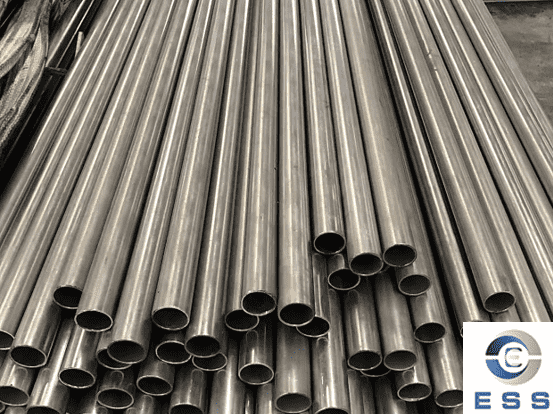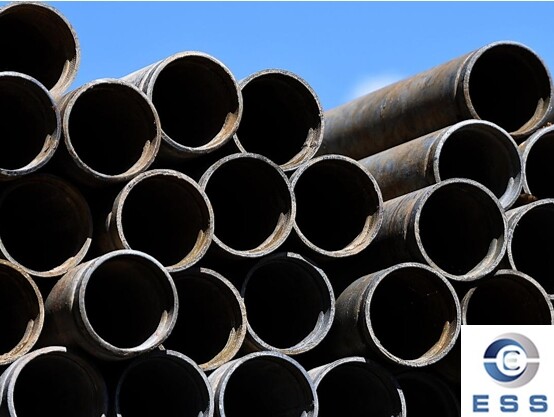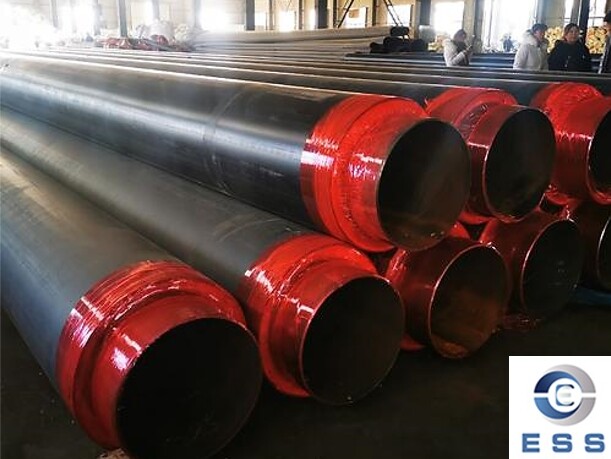
Oil casing pipe can be divided into different steel grades according to the strength of the steel itself. Different well conditions require different steels for oil casing. This article will introduce the mechanical properties of API 5CT J55 and K55 oil casing in detail.
Casing pipe
1. Heat treatment
PSL1 requirements: J55 and K55 in API 5CT are required to be delivered in a rolled state;
PSL2 requirements: J55 and K55 oil casing in API 5CT should be normalized and tempered as a whole.
2. Tensile test
J55: Yield strength: 379MPa~552MPa; tensile strength ≥517MPa; minimum elongation of J55 is 19%;
K55: Yield strength: 379MPa~552MPa; tensile strength ≥655MPa; minimum elongation of K55 is 15%.
3. Impact test
J55 and K55 in API 5CT must be impact tested, with the minimum size specimen impact test energy of 20J and the minimum longitudinal impact energy of full-size specimens of 27J.
4. Wall thickness detection
PSL1: There is no coverage requirement for wall thickness measurement of J55 and K55;
PSL2: The optimal surface area coverage of wall thickness measurement for J55 and K55 processing full-length automatic detection system should reach 25%.
5. Nondestructive testing
PSL1: J55 and K55 have no mandatory requirements for destructive testing;
PSL2: For all pipelines, J55 and K55 oil casing should be tested according to one or more standards specified in the API 5CT specification to determine the internal and external surfaces of the pipeline. J55 and K55 can accept L4 level longitudinal defects.
6. Identification (different color bands)
J55 steel grade pipe body is sprayed with a bright green band, the coupling is sprayed with bright green, and a white band is added; K55 steel grade pipe body is sprayed with two bright green bands, the coupling is sprayed with bright green, and there is no additional color band.
Summarize
When choosing J55 or K55 steel grade, it is necessary to make comprehensive considerations based on specific operational requirements and cost-effectiveness. At the same time, API SPEC 5CT or other relevant standards should be referred to ensure that the selected casing steel grade meets the engineering requirements.













 Eastern Steel Manufacturing Co.,Ltd not only improve product production and sales services, but also provide additional value-added services. As long as you need, we can complete your specific needs together.
Eastern Steel Manufacturing Co.,Ltd not only improve product production and sales services, but also provide additional value-added services. As long as you need, we can complete your specific needs together.










